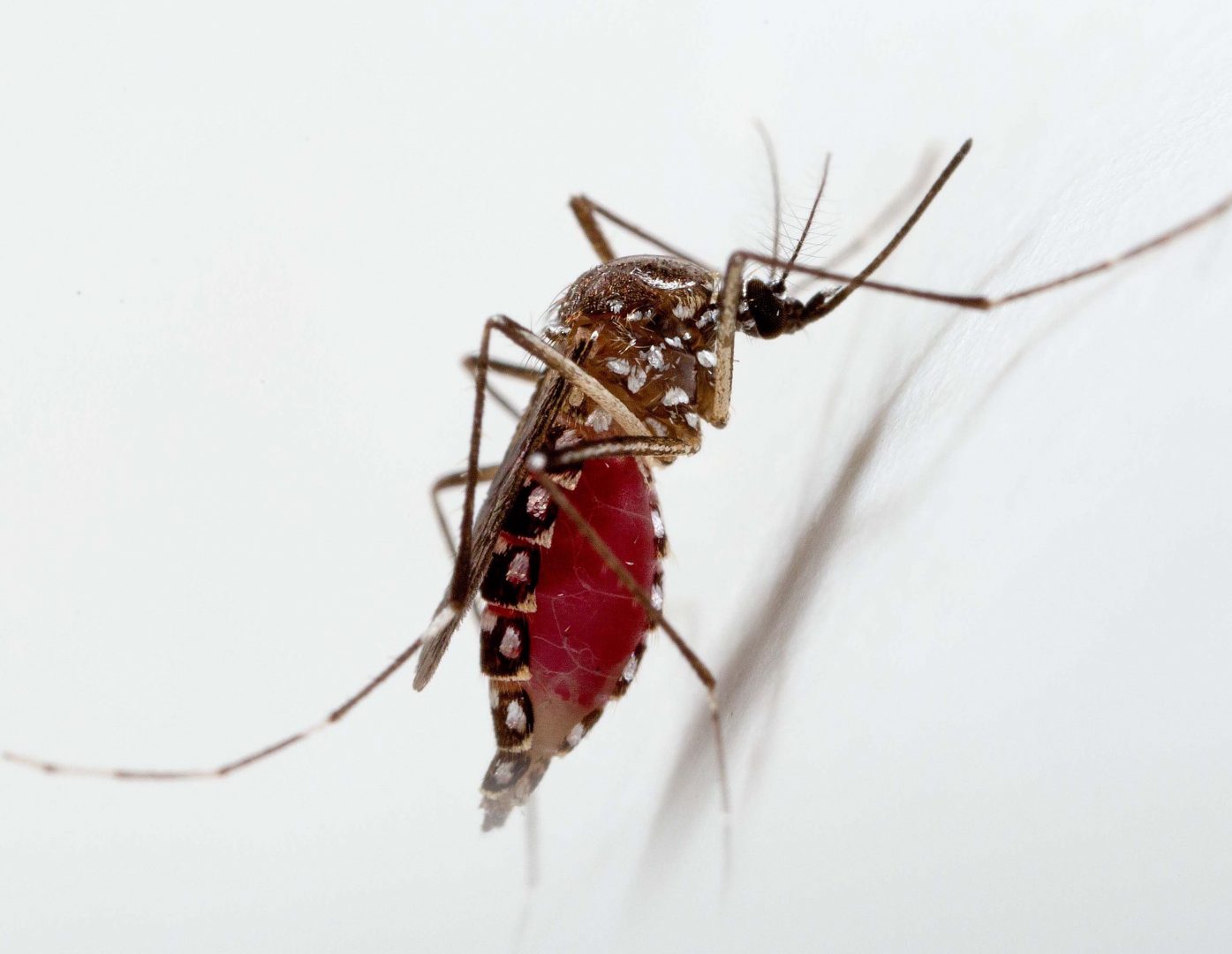
How bats, mosquitos, humans and other mammals factor into the coronavirus story
By Sabrina Emms/WHYY

Bats, once known as carriers of disease for fictional Transylvanian counts, have been implicated again in the spread of a coronavirus to humans. What about mosquitoes, a common antagonist in the saga of human illness? Are mosquitoes playing a role now, as they did with Zika and West Nile viruses?
In the case of COVID-19, the answer is no, researchers say.
“Mosquitoes are cold-blooded animals; they’re not warm-blooded. Lots of viruses can’t even survive at the temperature that mosquitoes are at,” said Laura Harrington, a mosquito researcher and entomologist at Cornell University.
When a mosquito sucks your blood, it’s eating it. So, Harrington explained, “the virus actually has to survive in the gut of the mosquito and be able to infect the mosquito and actually make it into the salivary glands. And that’s a challenge for most viruses.”
“There’s a long list of reasons why mosquitoes can’t transmit these pathogens,” she said.
Mosquitoes aren’t universal disease carriers. For instance, they don’t transmit HIV. That’s because of what are known as “intricate associations” between hosts and viruses.
“We don’t get feline leukemia virus or we don’t get kennel cough, which can be caused by a coronavirus that dogs get. … There are these very close associations that have to evolve over long periods of time in order for mosquitoes to transmit,” Harrington said.
The viral journey
There are three characters in the story of viral transmission — where, what and how — and these all have technical epidemiological names. The “what” is the agent, the “where” is the reservoir, and the “how” is the mode, also called the vector in some cases.
With West Nile virus, for example, mosquitoes (the vector) give humans (the host) the virus (the agent). Birds are the reservoir. That means birds can be infected with the virus, but are able to continue going about their normal lives. They don’t get sick.
The agent is the thing that is transmitted and makes you sick — in the case of West Nile, a virus. The mode explains how a human, the host, gets the virus.
Viruses need this intricate chain of events, ending in hosts, to complete their life cycles. They aren’t alive in the traditional sense, and alone they can’t replicate. That’s why they need a host.
Getting into a host cell is an essential part of this, but one virus can’t infect all animals. The animals a single virus can infect form what’s called the host range. Some viruses have a broad host range; others, an incredibly narrow one.
Measles, with it’s exceptionally small host range — just humans and non-human primates — is an example of a virus that could be eradicated by following in the footsteps of smallpox, which infects only humans and monkeys.
The host range of a virus changes because of mutation. Like humans and mosquitoes and bacteria, viruses have genetic information that gets copied when viruses replicate. That copying isn’t always perfect, though. When there’s a mistake, two things can happen. The mistake can be a big one and get replaced. Or, the mistake can go unnoticed and uncorrected.
Let’s say you wanted to write the word part, but you typed P-F-R-T instead. That’s clearly wrong, and spellcheck would highlight it and you would correct the spelling. But if you typed P-O-R-T, that would probably go unnoticed because port is an actual word. If enough words were mistyped, you could have a whole new sentence.
Jumping species
That’s what happens when a virus jumps species. In biology, it isn’t about misspelled words, but about changing proteins.
Mutations “can change [the protein] from something that binds only to human cells to something that binds to other species,” said Shelley Rankin, head of diagnostic services at the University of Pennsylvania School of Veterinary Medicine.
This coronavirus, officially known as SARS-CoV-2, may have managed to make the jump from bats, a natural reservoir, to a vector — researchers think that might have been a pangolin, a type of anteater — into humans. But is it done moving around? Are we the extent of the host range, or could, say, dogs or cats be next? Could it jump from our pets to us?
As of now, there’s no clear scientific indication cats or dogs can pass the virus to humans.
“If you look at the number of people that were infected in China, the number of people that have been infected in Italy, the United States, human and veterinary medicine are very well linked and in these large industrialized countries. If that [animal-to-human transmission] was happening, I think we would know,” Rankin said.
Dogs and cats don’t commonly cough. If veterinarians were reporting coughing pets, Rankin said, she’s sure it would trip off alarm bells.
There have been two reports of dogs with the Sars-CoV-2 virus, but that isn’t as scary as it sounds, she said, adding. “Finding the virus because you go looking doesn’t mean it is causing the disease.”
Still, both Rankin and the Centers for Disease Control and Prevention suggest that pet owners take reasonable precautions, especially if they or someone they live with is sick. Nothing special: Just wash your hands and don’t cough on your pet.
Try not to let your dog lick your face, and certainly don’t lick the dog’s.
WHYY is the leading public media station serving the Philadelphia region, including Delaware, South Jersey and Pennsylvania. This story originally appeared on WHYY.org.


